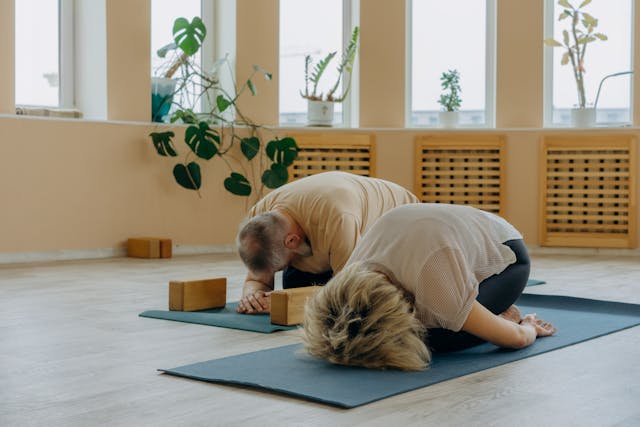A recent investigation highlights the potential benefits of incorporating medium-to-high-intensity impact activities into daily routines to mitigate the effects of ageing on bone density. This study revealed that individuals over 70 who engaged in activities with the intensity of brisk walking or gentle jumping as part of a year-long exercise regimen exhibited a more robust preservation of bone density. Conducted by the University of Jyväskylä in Finland, the research focused on men and women aged 70 to 85 who were previously inactive. While a decrease in bone mineral density at the femoral neck was observed, the overall structural integrity of the bone was either maintained or slightly enhanced for participants who engaged in moderate to high-intensity physical activities compared to those who were less active or whose activities were of lower intensity.
Postdoctoral Researcher Tiina Savikangas emphasized the importance of even short activity durations for skeletal health, noting the study’s attention to the impact forces generated by different activities. It was found that impacts akin to brisk walking were particularly effective in maintaining bone mineral density. The research underscores a common challenge: physical activity levels and bone health tend to decline as individuals age. However, the study suggests that strength training and activities that generate impact, e.g. running and jumping, can counteract bone density loss associated with ageing.
A novel aspect of this research was its examination of everyday physical activities in addition to structured exercise, pointing towards the value of integrating more impactful activities into daily life. Postdoctoral Researcher Tuuli Suominen offered practical advice on increasing high-intensity activities in daily routines, such as taking brisk walks, climbing stairs, and performing heel drops as a non-jumping alternative to create beneficial impacts.
The study highlights the femoral neck’s vulnerability to fractures, especially from falls. It underscores the importance of maintaining bone mineral density and preventing falls to avoid hip fractures. Savikangas and Suominen advocate for increasing daily physical activity in older adults who do not regularly exercise to preserve bone health and prevent fractures by enhancing functional capacity and muscle strength. Improved muscle strength and functional ability reduce the risk of falls and promote more effective bone loading.
This investigation is a segment of the PASSWORD study, executed by the Faculty of Sport and Health Sciences and the Gerontology Research Centre at the University of Jyväskylä, Finland, between 2017 and 2020. It involved 299 less active individuals aged 70 to 85 from Jyväskylä, engaging them in progressive training for muscle strength, endurance, balance, and flexibility. Half the participants received computer-based training to improve information processing skills alongside their physical exercise regimen. Activity levels were quantified with accelerometers, and bone density and structural attributes at the femoral neck were assessed using dual-energy X-ray absorptiometry before and after the year-long exercise program.
More information: T. Savikangas et al, Changes in femoral neck bone mineral density and structural strength during a 12-month multicomponent exercise intervention among older adults – Does accelerometer-measured physical activity matter? Bone. DOI: 10.1016/j.bone.2023.116951
Journal information: Bone Provided by University of Jyväskylä (Jyväskylän yliopisto)








